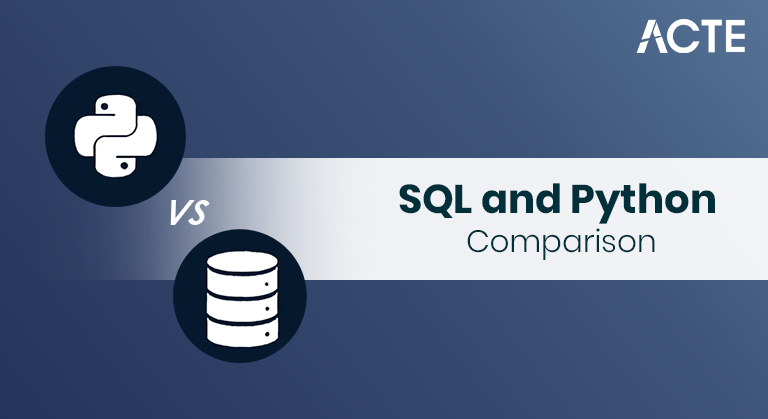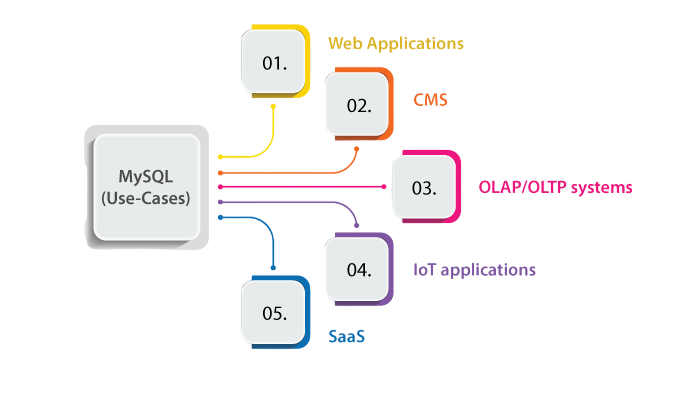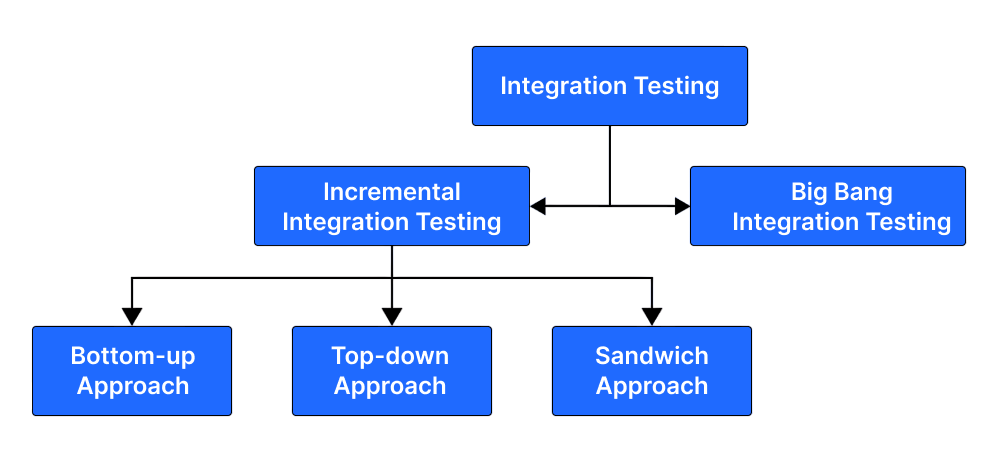
- Introduction to SQL and Python
- Syntax Comparison
- Use Cases for SQL
- Use Cases for Python
- SQL for Data Querying
- Python for Data Processing
- Integration Scenarios
- Pros and Cons of Each
- SQL in Data Science
- Python in Data Science
- Conclusion
Introduction to SQL and Python
Structured Query Language (SQL) and Python are two of the most widely used tools in the data world. SQL has been around since the 1970s and is the industry standard for interacting with relational databases. It is highly specialized for querying, inserting, updating, and deleting data from tables, making it indispensable for anyone working with structured data. Python, on the other hand, is a high-level, general-purpose programming language that has gained immense popularity in recent years due to its simplicity, readability, and powerful libraries. To harness these strengths effectively, exploring Python Training reveals how structured learning empowers developers to build scalable applications, automate workflows, and analyze data with precision. While SQL is primarily focused on managing and retrieving data from databases, Python can perform a wide range of tasks such as automation, data analysis, machine learning, web development, and more. Both tools play crucial roles in modern data workflows, but their capabilities and purposes differ significantly.
Interested in Obtaining Your Python Certificate? View The Python Developer Course Offered By ACTE Right Now!
Syntax Comparison
The syntax of SQL and Python differs fundamentally because they are designed for different purposes. SQL is declarative, meaning you specify what you want to retrieve rather than detailing how to retrieve it. For example, a typical SQL statement might look like: To bridge these paradigms effectively, exploring Main Function in Python reveals how Python organizes execution flow using the if name main construct ensuring modularity, testability, and clean separation between script logic and reusable components.
- SELECT name, age FROM employees WHERE age > 30;
This query directly states the desired output without explicitly instructing how to loop through rows or apply filters. Python, in contrast, is imperative, meaning you write explicit instructions for the computer to execute step-by-step. Achieving the same result in Python often involves connecting to the database, executing the query, and then iterating over the results, such as:
- cursor.execute(“SELECT name, age FROM employees WHERE age > 30”)
- for row in cursor.fetchall():
- print(row)
While SQL is concise for database operations, Python’s syntax provides more flexibility for complex workflows beyond database queries.
Use Cases for SQL
SQL shines in scenarios that involve structured data stored in relational databases such as MySQL, PostgreSQL, Oracle, or Microsoft SQL Server. It is the go-to language for retrieving subsets of data, performing aggregations, creating joins across multiple tables, and enforcing data integrity through constraints. To structure and initialize objects that interact with such data, exploring Init in Python reveals how the init method sets up instance variables, prepares objects for use, and ensures consistency across data-driven applications.

Businesses rely on SQL to generate reports, monitor performance metrics, and perform data audits. Analysts use SQL to explore datasets, find trends, and extract insights. Data engineers employ it for ETL (Extract, Transform, Load) pipelines where large volumes of data need to be moved or transformed directly within the database. Essentially, if the data resides in a relational database, SQL is often the fastest and most efficient tool to work with it.
Gain Your Master’s Certification in Python Developer by Enrolling in Our Python Master Program Training Course Now!
Use Cases for Python
Python’s versatility makes it suitable for an enormous variety of tasks beyond just querying data. In the data domain, Python is extensively used for data cleaning, transformation, visualization, statistical modeling, and machine learning. Libraries like Pandas and NumPy make Python excellent for working with data in-memory, especially when the data comes from multiple sources including APIs, flat files, and databases. To master these libraries and apply them effectively across diverse data workflows, exploring Python Training reveals how structured learning empowers developers to manipulate, analyze, and visualize data with precision turning raw inputs into actionable insights. Python is also popular for building machine learning models using frameworks like scikit-learn, TensorFlow, or PyTorch. Beyond data science, Python is widely used in web development (Django, Flask), automation (scripting repetitive tasks), scientific computing, and even game development.
SQL for Data Querying
- SQL Data Querying is purpose-built for querying relational databases. Its SELECT statement is the backbone of data retrieval, allowing filtering (WHERE), grouping (GROUP BY), sorting (ORDER BY), and joining (JOIN) of multiple tables.
- SQL Data Querying databases are optimized to execute these queries efficiently, even on datasets containing millions or billions of rows. For example, an analyst can quickly calculate the average sales per region across several years with a single query rather than writing dozens of lines of code.
- SQL’s declarative nature enables database management systems to optimize queries automatically, reducing the time it takes to get results. This makes SQL highly efficient for extracting precise slices of data, performing aggregations, and preparing datasets for further processing in other tools like Python.
Are You Preparing for Python Jobs? Check Out ACTE’s Python Interview Questions and Answers to Boost Your Preparation!
Python for Data Processing
- Python excels when the task goes beyond simply retrieving data. Once data is extracted often via SQL Python can clean, reshape, and analyze it with unmatched flexibility. Using libraries like Pandas, Python allows merging datasets from different sources, handling missing values, generating complex calculated fields, and applying statistical or machine learning algorithms. Python can also automate repetitive workflows by integrating database queries, API calls, and file processing into a single script.
- For example, a Python script could pull data from a SQL database, scrape additional information from a website, merge the two datasets, perform sentiment analysis, and generate a visual report all in one automated workflow. This ability to integrate multiple data sources and perform advanced analytics makes Python indispensable for end-to-end data projects.
Integration Scenarios
Rather than choosing between SQL and Python, many professionals use them together. A common pattern is to use SQL to pull the exact dataset needed from a relational database, and then use Python for further transformation, analysis, and visualization. To design systems that support such layered workflows, exploring Inheritance in Java reveals how parent-child class structures promote code reuse, modularity, and abstraction making it easier to build scalable applications that integrate multiple technologies.

For example, an analyst might write a SQL query to retrieve sales data for the past year, then use Python to create predictive sales models and interactive dashboards. Integration can be seamless thanks to libraries like SQLAlchemy, Pandas’ read_sql function, or database connectors (e.g., psycopg2 for PostgreSQL, pyodbc for SQL Server). This hybrid approach leverages SQL’s speed and efficiency for querying while taking advantage of Python’s flexibility for downstream processing.
Pros and Cons of Each
SQL Pros & Cons:
- Highly optimized for querying structured data.
- Declarative syntax is concise for database operations.
- Standardized across most relational databases.
- Built-in functions for aggregation and filtering.
- Limited in complex calculations compared to Python.
- Not designed for multi-step workflows beyond querying.
- Poor handling of unstructured or semi-structured data.
Python Pros & Cons:
- Extremely versatile can handle all stages of data workflows.
- Extensive libraries for data analysis, machine learning, and visualization.
- Works well with structured, semi-structured, and unstructured data.
- Easy integration with APIs and other tools.
- Less efficient than SQL for very large database queries.
- Requires more code for basic database operations.
- The learning curve for advanced libraries can be steep.
SQL in Data Science
In data science, SQL plays the crucial role of extracting the right dataset before analysis begins. Data scientists often work with large databases that contain raw, transactional data. Writing efficient SQL queries allows them to filter this data to just the relevant records, join necessary tables, and aggregate results to a manageable size. For example, a data scientist might use SQL to retrieve monthly sales figures per product category before importing the results into Python for trend analysis or predictive modeling. To prepare and segment this data effectively, exploring Python Split Method with Example reveals how string manipulation enables clean separation of values, making it easier to parse, analyze, and visualize structured datasets. SQL also ensures that data is pulled directly from the source, maintaining accuracy and reducing errors caused by manual data handling.
Python in Data Science
Python is now the main language used in data science because of its many libraries, how easy it is to use, and the support from its community. After SQL gets the data ready, Python is often used for cleaning data, doing statistical analysis, building models, and making visual charts. Pandas is a key library for working with tables, while NumPy helps with numerical calculations. To scale these tasks into full-fledged applications, exploring Top Python Framework’s reveals how tools like Django, Flask, and FastAPI streamline development workflows from data ingestion to API deployment making Python a powerhouse for end-to-end solutions. For machine learning, scikit-learn offers a wide range of algorithms, and TensorFlow or PyTorch support deep learning. Tools like Matplotlib, Seaborn, and Plotly help create clear and meaningful charts. Python also makes research easier to repeat using Jupyter Notebooks, which let you mix code, results, and notes in one place.
Conclusion
SQL and Python are not competing tools but rather tools that work together. If you need to get and organize data from a relational database, SQL is the faster and more efficient option. If you need to clean, analyze, build models, or make charts, especially when combining different data sources, Python is better suited for the job. In today’s data workflows, the most effective professionals know both languages. To build fluency and apply Python effectively across diverse use cases, exploring Python Training reveals how structured learning empowers developers to master syntax, leverage powerful libraries, and solve real-world problems with confidence.





